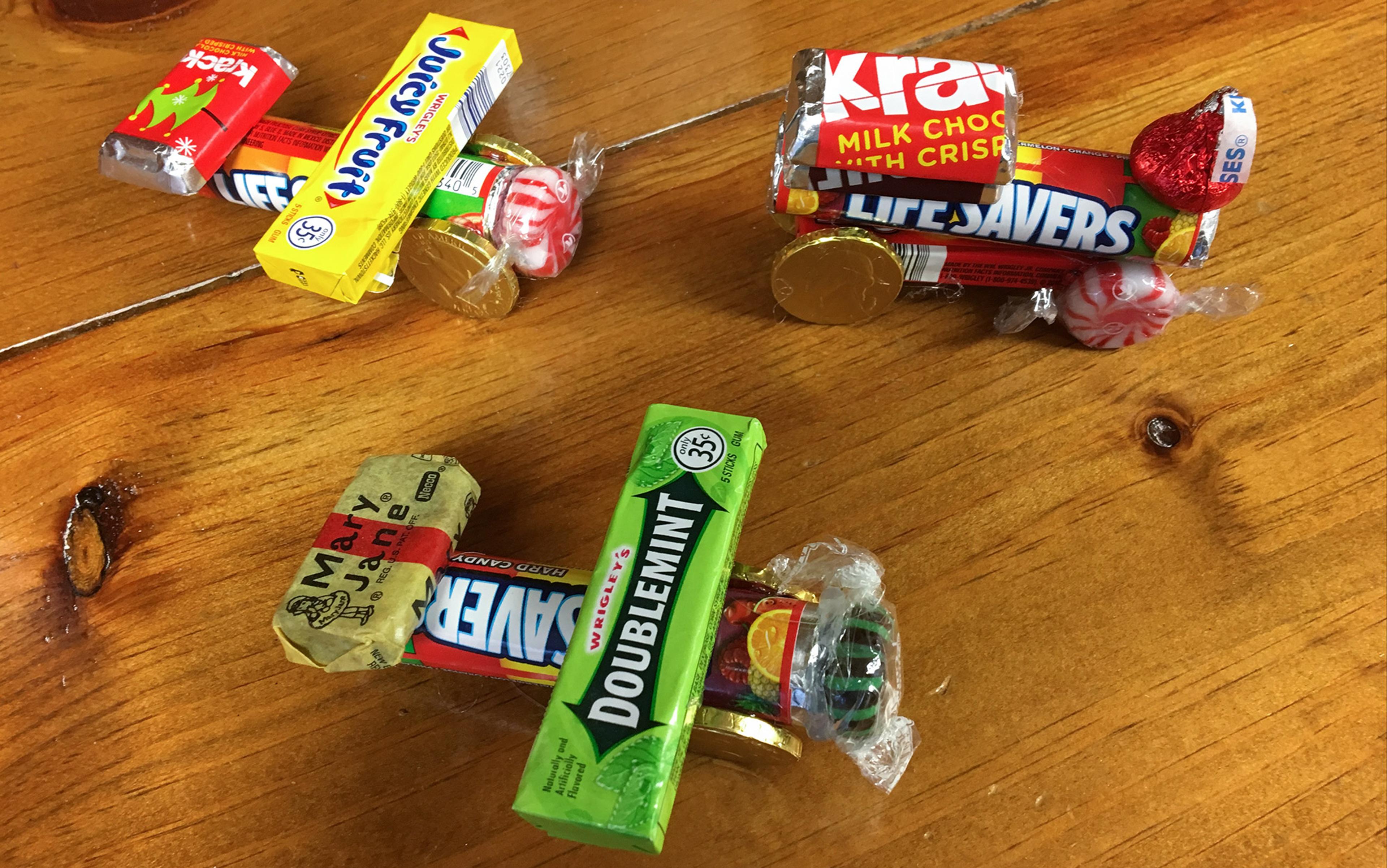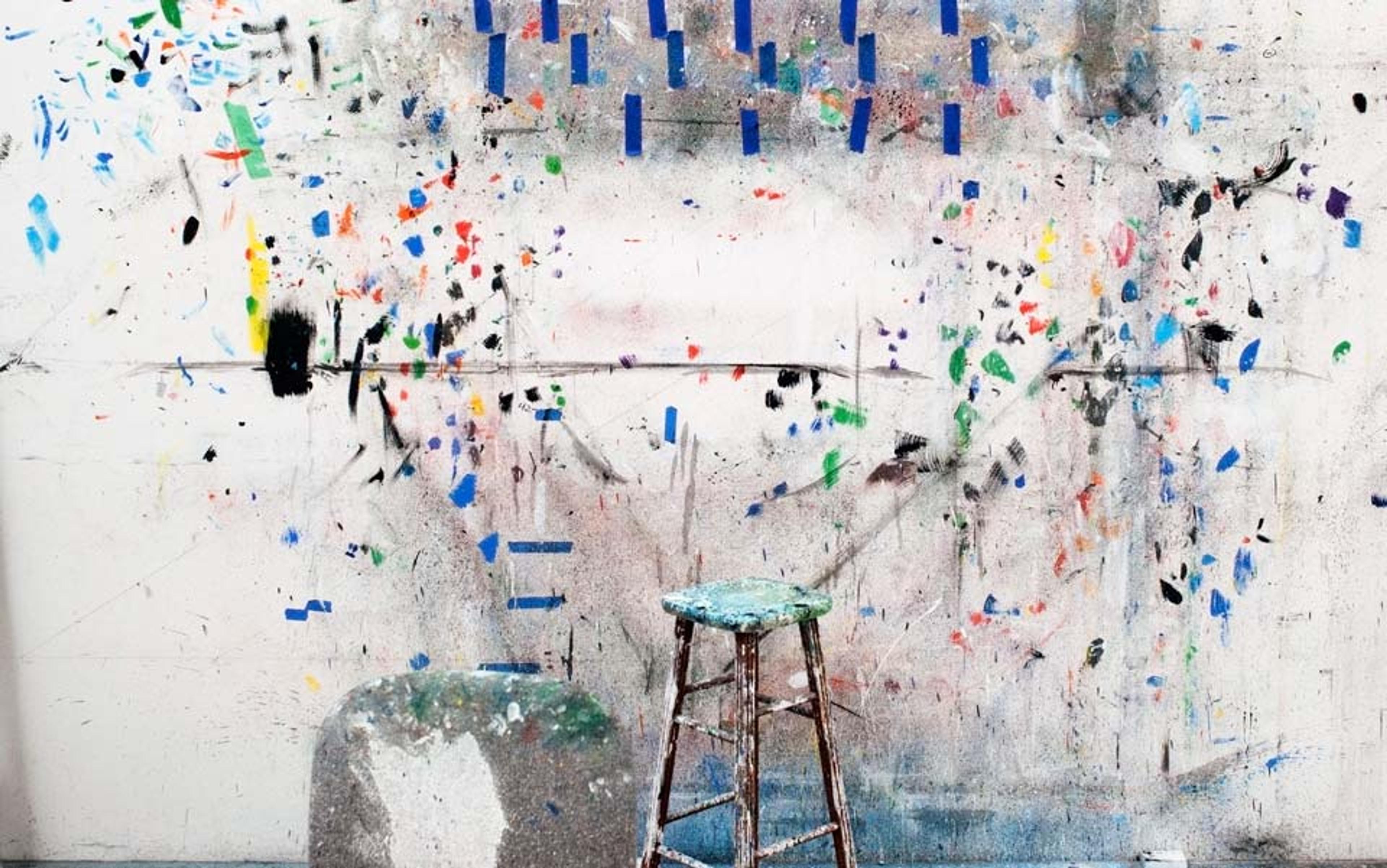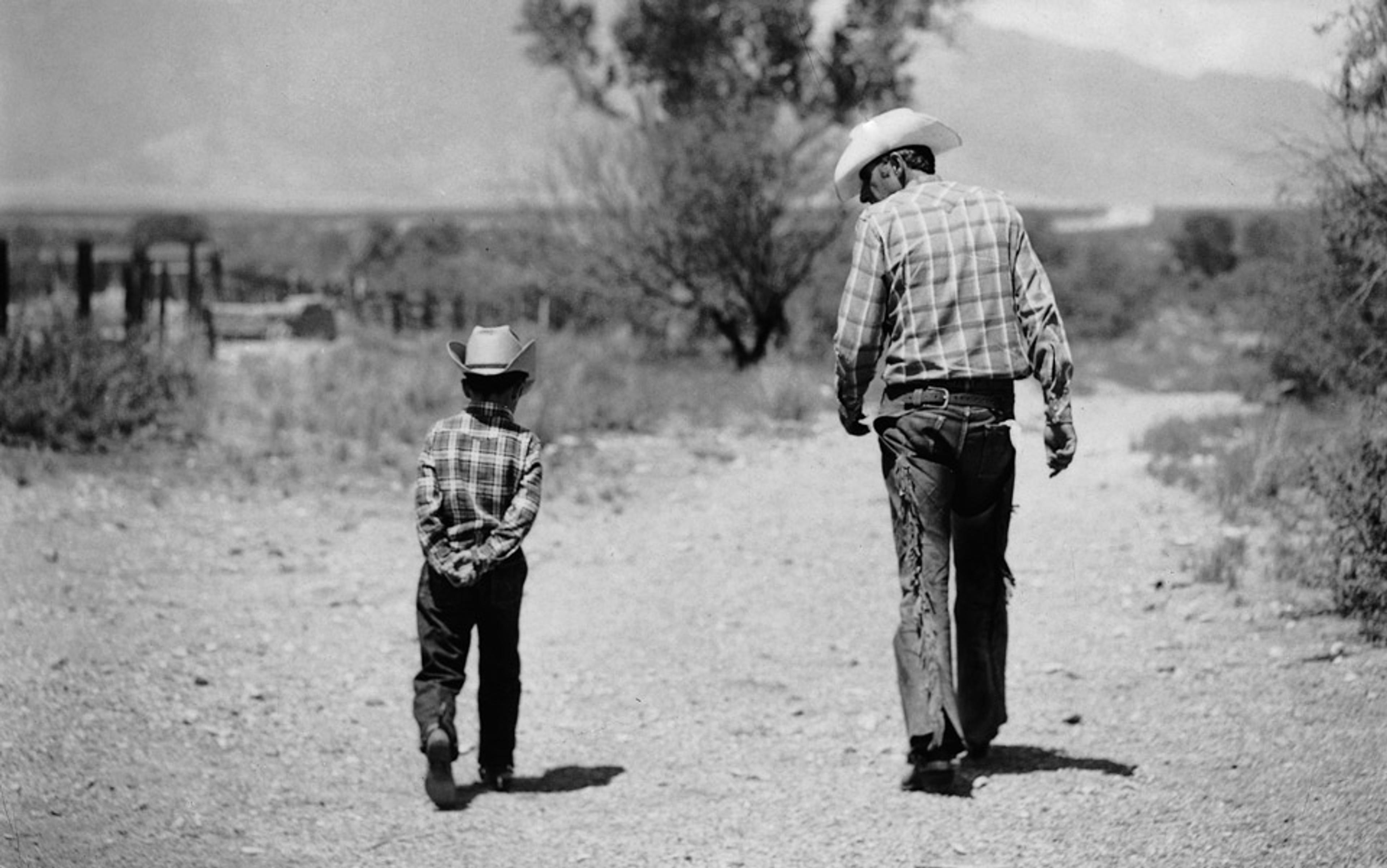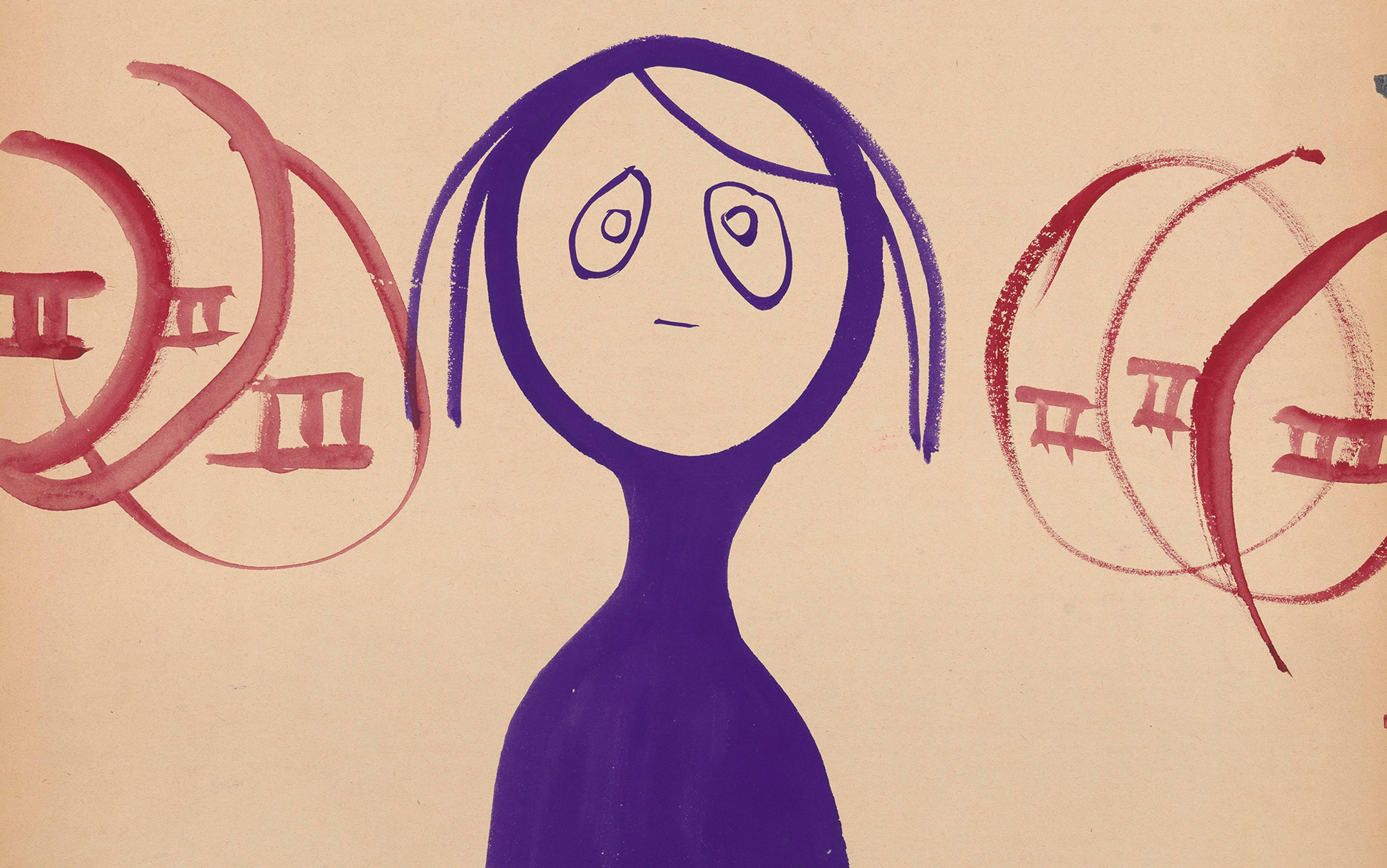I always wanted to be a creative writer. At different points in my life, I’ve tried fiction, sports writing, poetry, journalism and plays. But in my senior year in college, I decided that I wasn’t good enough. When I thought of what it meant to be ‘a writer’, I thought of long-dead legends like William Shakespeare, Jane Austen and Mark Twain or brilliant prizewinners like Margaret Atwood, T Coraghessan Boyle, Robert Olen Butler and Toni Morrison. I felt like I was a million miles away from that level. My plans to get my MFA in creative writing suddenly felt silly.
After exploring other possibilities, I ended up pursuing my PhD in cognitive psychology. At first, I struggled to figure out what interested me most in that field – until I started to look back at my creative-writing aspirations from a new perspective. I spent a summer in my parents’ basement devouring articles and books on the scientific study of creativity.
One of the first things I discovered was that there were two ways of thinking about creativity: ‘little-c’ and ‘Big-C’. Little-c was everyday creativity, the type of activities that the average person could do, such as building a bookcase or learning to play popular songs on the guitar. Big-C was reserved for geniuses. The dichotomy – which was first articulated by Mihaly Csikszentmihalyi – made sense to me. But it would not have been especially helpful for my situation. I wasn’t a genius, so as far as creative writing was concerned, that meant I was lumped in with everyone else – those engaged in little-c. If I wouldn’t be able to reach a level of consistently publishing my creative work, then it seemed to me that I had definitely made the right choice to give up my creative ambitions.
I didn’t know it then, but I had been susceptible to a ‘genius bias’ – that is, I assumed that the only creativity of note was that of brilliant creators. I didn’t value my own creativity enough. My writing was clearly not at the Big-C level, but I would come to find that the category of little-c was too vast to sufficiently describe what the majority of people engage in. I would eventually tackle this problem as a researcher of creativity, emerging with a more nuanced (and continually developing) view of what creativity can be. I will explain that view further – but first, it’s worth examining some other common misconceptions about creativity that any of us can fall victim to, and how these incorrect beliefs can unconsciously shape and narrow our perspective on creativity.
It is so easy to minimise, or simply not even recognise, your own creative potential, much as I did earlier in my life. You may be setting up barriers to creative thought and behaviour without even knowing you are doing so; one of my goals in this essay is to help you recognise the hidden creative strengths – your shadow creativity, so to speak – that wait to be explored.
Many people assume that an individual’s artistic talents, such as drawing, writing, or playing a musical instrument, are the best (or only) way to determine if they are creative. This is what creativity researchers have called the ‘art bias’. Even people who realise that creativity takes other forms might still expand their consideration to creativity only in the realms of science or business. Yet you can show creativity in countless activities, from organising storage space to trimming shrubs to fixing a hole in your wall to training the local crows so they bring you shiny objects. I understand the art bias; when I need to give an illustration of creativity to an audience, I’m more likely to turn to examples of poetry or paintings than, say, creative workout routines or tax deductions. But these are all valid examples of creativity. That is, they can all involve original thinking that is relevant or appropriate to the task at hand.
To move from the varied products of creativity to the creative process: what do you imagine when you think of people actively being creative? You might picture a group of folks brainstorming and shouting out ideas. Yet there are many different aspects of the creative process, from figuring out the best problem to solve to selecting the best potential solution. Some people hate brainstorming, or the idea-generation process in general, to the point that they feel anxious and unnecessarily discouraged about ‘being creative’. However, thinking divergently – coming up with many possible ideas or solutions – is but one of many parts of a creative process.
Similarly, many people have a ‘novelty bias’ – they focus only on the aspect of creativity that requires originality, to the exclusion of its other elements. But creativity encompasses much more than just producing something new. For one, as already noted, a creative product should also be useful or task appropriate. If I served you a dish of scrambled lint with plastic shards and a fresh glass of otter juice, you might agree that it is a unique meal… but it’s not what most people would call creative. It is easy to think about creativity as nothing more than a burst of inspiration, but that’s not the case. Someone might have a terrific idea but have no clue how to execute it. Or they might slap their thoughts together and never revise or proofread, and end up with a garbled mess. Too much of a focus on the novelty-and-inspiration side of creativity can lead to ideas that are chaotic and unhelpful.
It didn’t occur to me until later that I could also be creative as a scholar
Finally, the ‘mad genius’ stereotype links creativity closely with mental illness. To truly dive into the association between creativity and mental illness requires its own essay. But, to make a very long story short, many of the key studies that people have cited on this topic have critical flaws, and the decent studies that do indicate some association between mental illness and creativity do not show that one leads to the other. If anything, it is more likely that creativity has enough positive benefits that those who suffer may be drawn to express (or distract) themselves with creativity. Unfortunately, the belief that mental illness and creativity are closely connected could have several negative consequences. One is that the regrettable stigma about mental illness may end up being linked with creative pursuits as well. Another is that some people who want to be creators may assume that it takes suffering or tragedy to succeed. (There is a similar risk with regard to beliefs about alcohol or drug abuse and creativity.)
These biased ways of thinking about creativity might make it less likely that you, or any other person with creative potential (which is to say, anyone), will gravitate toward creativity in the first place. It’s also possible that these biases have prevented you from recognising creative work that you are already doing. I certainly believed in some of these misconceptions as a budding writer. It didn’t occur to me until later that I could also be creative as a scholar, or that there was no need to jeopardise my mental health in order to be inspired.
As I began studying creativity in earnest, I kept returning to that conceptual split between Big-C (the work of geniuses) and little-c (everyone else). I didn’t feel like I had Big-C talent – and I still don’t. However, the broad concept of little-c didn’t seem adequate for describing the vast number of people who are creative but not recognised as geniuses in their field. It didn’t distinguish between, for example, fourth-grade me working on my first short story, the college me able to publish in tiny literary journals and zines, and the adult me who, outside of my career in psychology, ended up writing plays that have been put on in New York City and elsewhere. Nor did the Big-C/little-c dichotomy seem to capture how a person might progress from smaller to more impactful forms of creativity.
I began talking about these issues with my colleague Ron Beghetto, and together we developed the Four C model, which aimed to expand the simple dichotomy and offer more gradations. Big-C largely stayed the same in our conception: true creative genius that would outlast the creator, continuing to influence people generations after their death. Where we focused was splitting up little-c. Beghetto was a former classroom teacher who saw how easy it was for student creativity to get ignored or brushed aside. By proposing a new category explicitly devoted to creators of all levels who were learning, playing with ideas and exploring possibilities, we hoped to acknowledge not just the creativity of students but also novices and everyone else who might fall through the cracks.
So, the first thing we did was to propose ‘mini-c’. This category includes the personal insights that pop into your head and the spontaneous moments of improvisation that make you smile or reflect. Maybe you share them with other people; maybe you don’t. But this creativity has meaning (even a little bit) to you, and it still matters. It might be a small daydream, a flight of fancy, or a genuine ‘aha’ moment that could have larger implications. While creativity is commonly defined as both novel and task appropriate, mini-c adjusts that slightly to add ‘to you’. Mini-c should be new to you and should meet your needs, even if that is simply to distract yourself for a moment.
A person may have dozens or more moments of mini-c a day. Some folks make up lyrics to popular melodies to describe their current actions (as in, ‘I’m leaving… in my Kia. Don’t think I’ll try to use the heat’ to the tune of ‘Leaving on a Jet Plane’). Others think of spontaneous puns that they note to an empty room, or figure out how to complete a recipe when they’re out of butter, or doodle elaborate cartoon renditions of their co-workers while on a Zoom call, or hum jazzy variations on a melody, or devise a makeshift way of keeping a wobbly chair from collapsing.
Novices and students who are learning how to do a creative task will likely start here as they evolve their craft, producing ideas that are novel to them and meet their personal need. So, too, will people who start out by replicating existing work with their own personal take on the material. Think of someone sitting in an art museum and sketching a copy of a masterpiece. Or telling a joke that they heard from someone else, but using their own words and intonation in the retelling. All of this is mini-c, and it has a purpose, whether it serves as a temporary amusement, a spark for further creative thinking, or the first step of many on the road to becoming an expert creator.
A plot twist might develop into a complete story. An improvised tool might become a basic prototype
Unfortunately, many people undervalue mini-c – and may not even recognise it as being creative in the first place. Why does this matter? Well, if you see these everyday behaviours as creative, and you therefore believe that you can be creative and identify as a creative person, it will make you more likely to practise creativity. You can’t succeed if you don’t try. Everything starts with mini-c. If you don’t embrace those flashes of whimsy or trust those tiny insights, you may miss out on everything that follows. Every brilliant invention, groundbreaking scientific discovery or powerful work of art started as a small germ of an idea. This does not mean that all of our mini-c moments are going to blossom, of course. But they definitely will not blossom if they are suppressed or dismissed.
Beghetto and I kept the term ‘little-c’ to represent everyday creativity. In our model, little-c is when you keep working at mini-c. You share that thought, that rough draft, that working idea. You can get advice and feedback and then keep working, revising and improving. A plot twist might develop into a complete story. An improvised tool might become a basic prototype. At little-c, other people start to appreciate and recognise your creativity. Little-c could be a meal you make for friends that’s your own twist on an old favourite, or a song that you record and share with a small group of listeners online. How do you know if you’ve gone from mini-c to little-c? There’s no checklist to fill out. Certainly, though, when you realise that you are not only sharing your efforts in a particular area with others, but that they are truly enjoying your work, you’re on your way.
A lot of people stop at little-c in an area that interests them – and that is absolutely fine. My grandma enjoyed painting and took some classes. She painted for fun and to give to her loved ones. More than 20 years after her death, I have two paintings of colourful flowers on my living room walls. They do not have the precision or skill you might expect from a painting in an art museum. They are not blazingly original; they’re flowers. But they are pretty and they make me think of her, and there is creative worth in that.
In other cases, people keep plugging away. Maybe their creative efforts are part of their job, or a personal passion that continues to inspire them. Whatever the reason, with extensive practice over time comes creative expertise, which is the level we call ‘Pro-c’. This is the point where the work begins to have an impact in some way not just among a small circle of friends or in the local community, but on a wider scale. Pro-c is when your efforts are published, produced, recorded or manufactured and distributed broadly to many people. We are living in a time with unprecedented access to the materials needed for this kind of creativity, and to audiences for it. A few generations ago, someone who wanted to make a widely viewed film would likely need the backing of a studio system to be able to afford the equipment and other resources. Today, most of us carry a video camera in our pockets and it is easy to upload creative work to the internet (where it may or may not go viral).
There is no commemorative button that says ‘Welcome to the Pro-c club’, but there are signs. A Pro-c creator begins to slowly exert some influence in their chosen field or domain. Other creators are inspired to create responses, rebuttals or refinements to the original work. With enough impact, effort, talent and luck, there may be some Pro-c works that live on long after the creator has died – such as those of Shakespeare, Austen and Twain, the geniuses who so intimidated me when I was a young writer. This final level is what we call ‘Big-C’. But note that Pro-c creativity is the highest kind that any creator can have much certainty that they will reach. We can make good guesses about which living artists, scientists, inventors or leaders might be remembered for generations to come, but they are just that: guesses.
Creativity at the foundational levels is easy to overlook or undervalue. Many of us don’t recognise our mini-c moments as ‘creative’ when we have them, and fail to appreciate the full worth of little-c creations. Pro-c work is often compared with Big-C and seen as wanting, rather than celebrated for what it is. And there are other reasons creativity can remain hidden or underappreciated – both in the minds of creative individuals and in society more generally. An increased awareness of these obstacles may help people to better appreciate and enjoy their own personal creativity and make decisions about how they apply creativity in their professional lives.
My colleague Vlad Glăveanu and I have spent a lot of time thinking about the ways in which creativity remains in the shadows. Importantly, many of the reasons are not the creator’s fault. People who lack resources, status or a relevant background might have a harder time advancing their creative ideas. Perhaps someone does not know the vocabulary or jargon of a particular field, and it would be costly or overly time-consuming to learn it. Or a creator might have excellent ideas, but lack the needed resources, including money, to bring them to life. Although obstacles can sometimes provide fertile ground for sparking the imagination, they can also limit one’s ability to develop creative work. Plus, of course, there are many creators who haven’t been given a chance because of their ethnicity, sexuality, religion, gender, culture, socioeconomic status, caste or other characteristics.
There are other obstacles, however, that are easier for a creator to address. For example, to successfully present creativity to others requires self-awareness. Being aware of what you know, broadly speaking, is called metacognition. Creative metacognition is a term that encompasses your understanding of your own creative strengths and weaknesses, including how your own talents match what you want to do. So, for example, you might have very poor visual understanding of light and shadow. If you decide to pursue drawing, then you run the risk of not being particularly talented. If you do not care and simply enjoy drawing, then there is no issue. But if you aspire to be an acclaimed artist, then this choice may not reflect strong metacognition. There are also people who have the reverse problem: they do not realise that their creative output is actually very impressive.
Recognising fleeting thoughts as being creative can lay the foundation for higher levels of creativity
There are different reasons why someone might lack awareness about their creativity. Some people may have a bit of an inflated sense of self, whereas others may need to be boosted up. Still others may be hampered by some of the biases I discussed earlier and assume that they must express their creativity via the arts, as opposed to in other domains, which may be where their strengths lie. One way to tackle the challenge of self-awareness is to ask for feedback from trusted others who have some expertise in the area you’re interested in – ideally, feedback that also suggests specific ways to improve your creative output. These individuals might be certain friends or family members with relevant creative experience, other creative people whom you encounter at events or meet-ups, co-workers who practise similar kinds of creativity or others.
Creative self-awareness also involves recognising the right time and place to share your creativity. If you insist on bombarding people with your creative ideas when they are busy or not ready to hear them, you may get the same reception as the child who interrupts a parent’s important phone call to tell them a knock-knock joke. Identifying the best times and methods for sharing with a receptive audience can set you up for success. Once again, feedback and advice from people with experience in your creative domain can help improve your ability to ‘read the room’ and get the timing right.
The more that you know – about your own creativity, about creativity itself, about the areas in which you want to be creative – the more likely you will be to climb the metaphorical ‘C’ ladder. Increasing your creative knowledge could also mean expanding your conception of what it means for you, personally, to ‘be creative’, so that it includes the smaller sorts of everyday improvisation or idea-generation that I’ve described – instances of creative thinking that could be worth pursuing further.
One example of a mini-c insight leading to greater things is the story of how the Swiss engineer George de Mestral invented the Velcro fastener. After walking around outside with his dog, he noticed that the hooks from the burrs had stuck to his dog’s fur. This small observation could easily have been dismissed as irrelevant or unworthy of further exploration. However, de Mestral kept thinking about it and realised that tiny hooks and a suitable fabric could potentially be used for a novel fastening system (which, after years of research and trial and error, he was able to create). Recognising fleeting ideas and thoughts as being potentially creative – and then acting on them – can lay the foundation for higher levels of creativity.
My guess is that, if you’ve read this far, you already want to be creative and you understand its value. But while most people won’t outright say ‘why bother being creative’, some will think it. There are a host of benefits to being creative that are not always obvious. It can bring self-insight and strengthen your sense of identity. It can help a person heal from trauma, benefit those with cognitive decline, and generally enhance wellbeing both in the moment and over time. It can help connect us with other people (and, indeed, it is very attractive to potential romantic partners). It can also improve motivation, give purpose and meaning to life, and ultimately even help us leave behind some kind of legacy for our loved ones when we eventually pass away.
There’s no magic trick or silver bullet with creativity. Developing and sharing creative ideas takes hard work, steady effort, and plugging along. You might have an image of the ideal genius, perhaps the one who invented or created your favourite thing. Whoever that genius is, they didn’t get to snap their fingers and create a masterpiece. They were creative even on days when they felt blocked. Indeed, they likely created in the same habitual way that you might have an exercise or diet plan. You don’t lose weight by deciding to not eat for a month; it takes lots of small decisions and minor sacrifices on a regular basis.
Being a creative person does not have to mean sacrificing everything to appease the demons in your head
When I write a book, for example, the initial inspiration is hardly the most important component. For me, the creative process is also doing countless searches of the research literature. It’s forcing myself to write when I’m feeling blocked. It’s reaching out to colleagues to make sure that I’ve summarised their work correctly. It’s rereading and revising to try to make the book as readable as possible, while still being true to the original studies and theories. It means getting obsessed for a while – but then being able to turn it off so the book (or, in your case, maybe a painting or an experiment or a prototype or a website or a scarf) gets finished. The fact that creativity does not ride in on a sparkling thunderbolt can feel disappointing because it means you have to put in the work every day – but it also means that you are in control of your creativity and not waiting for Zeus to get bored and grant you a one-time vision.
It is important, too, to remember that being a creative person does not have to mean sacrificing everything to appease the demons in your head. Creativity comes in all shapes and forms, and it doesn’t matter if you don’t fit a certain mental image of what you think a creative person should be. You can recognise and appreciate your own creativity even if it seems minor, even if others don’t like it, even if it feels like it’s just part of your job. Being creative can improve multiple dimensions of your life, regardless of what creativity looks like for you.
If you want to find your hidden creativity, remember the myths and facts I’ve shared. Let yourself be creative in whatever area calls to you. Let yourself be creative even if you think you aren’t very good. And if developing your creative efforts further is important to you, try to get feedback and practise as much as possible. But most of all, let yourself have fun with your creativity and don’t be overly bound by what other people say or think. It is true that very few of us will become the renowned creators whose work is remembered generations from now, but that does not mean our creativity is not worthwhile. We can each make a positive impact with our creativity – on ourselves, our loved ones, our communities and, who knows, maybe even the world.






